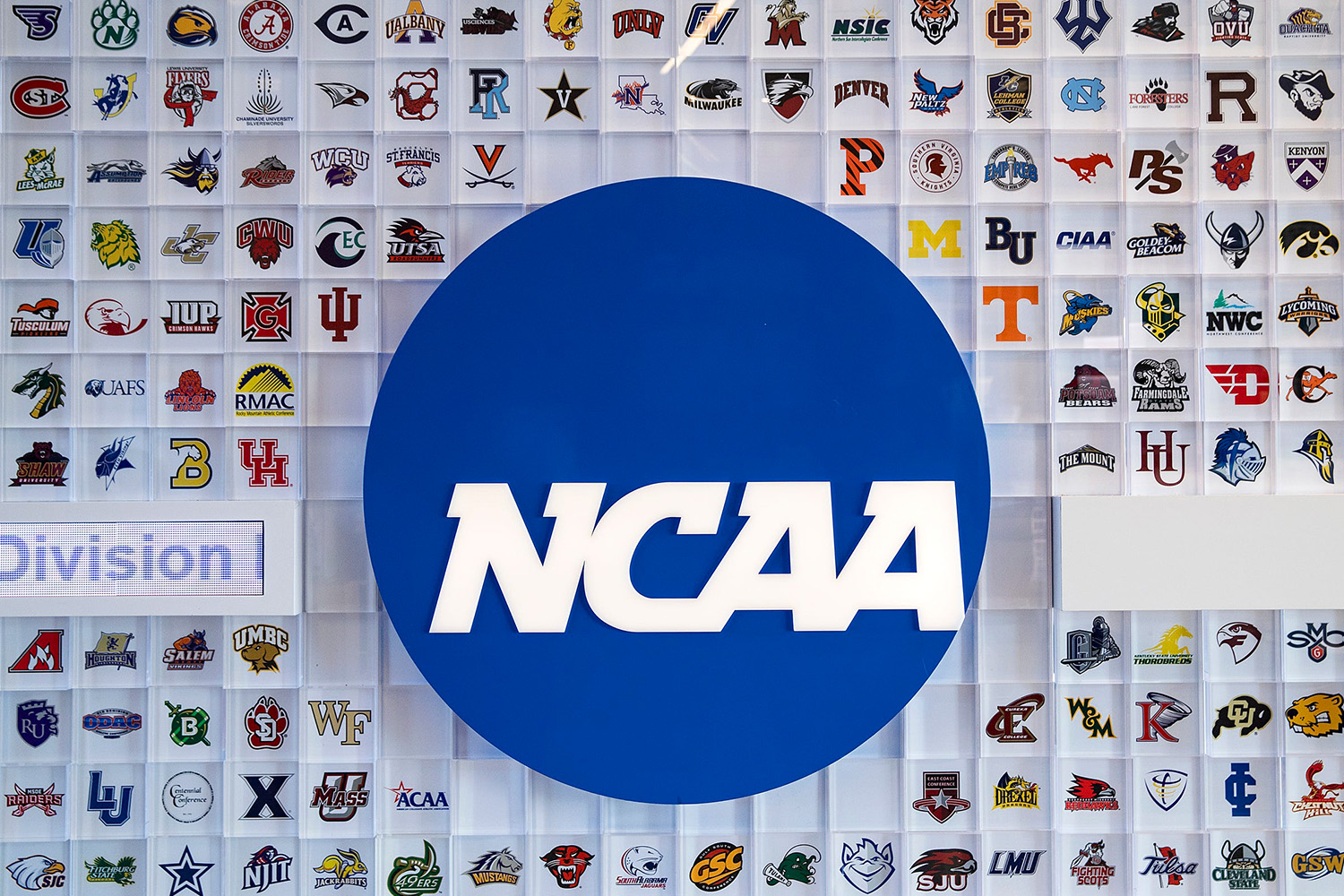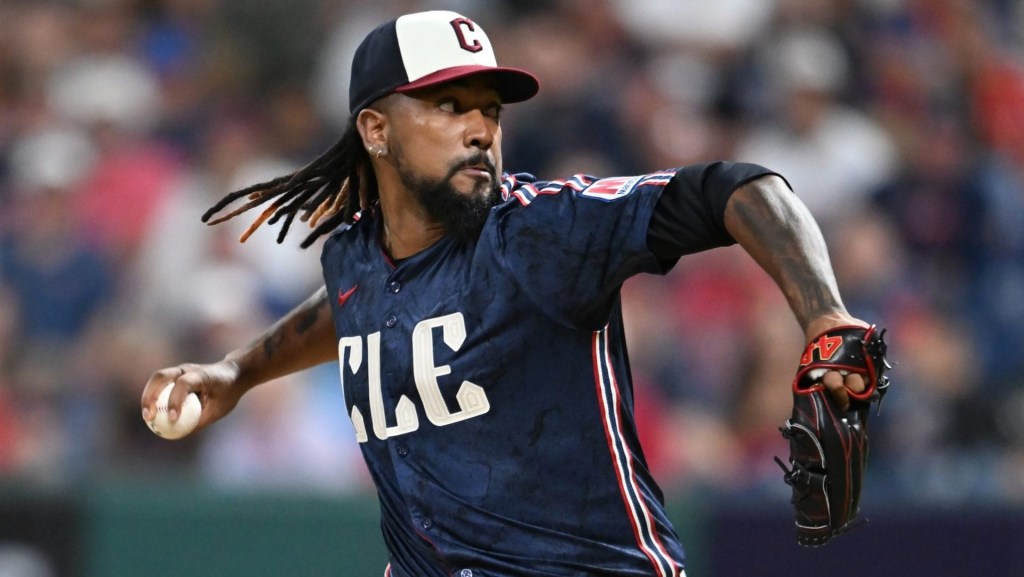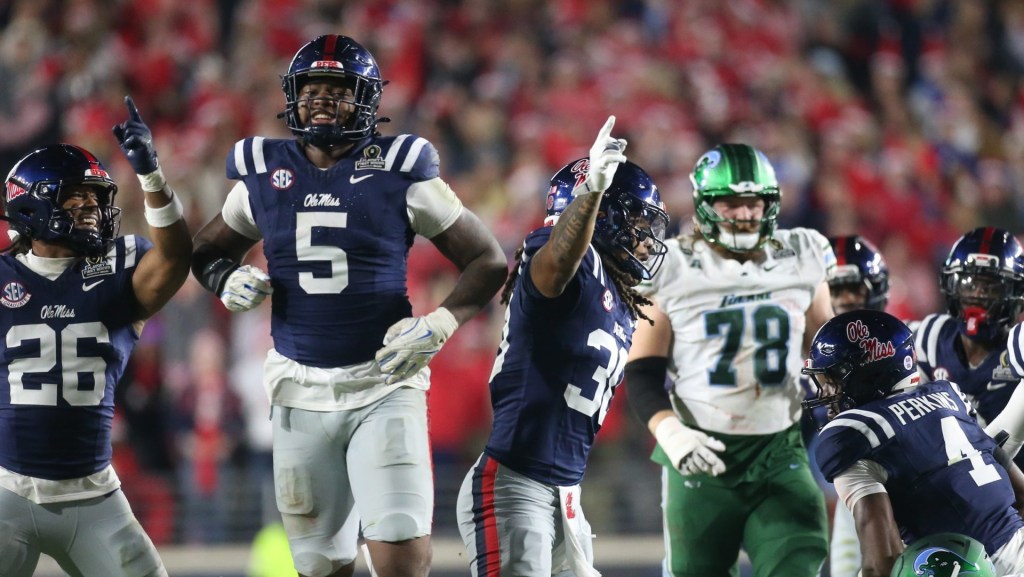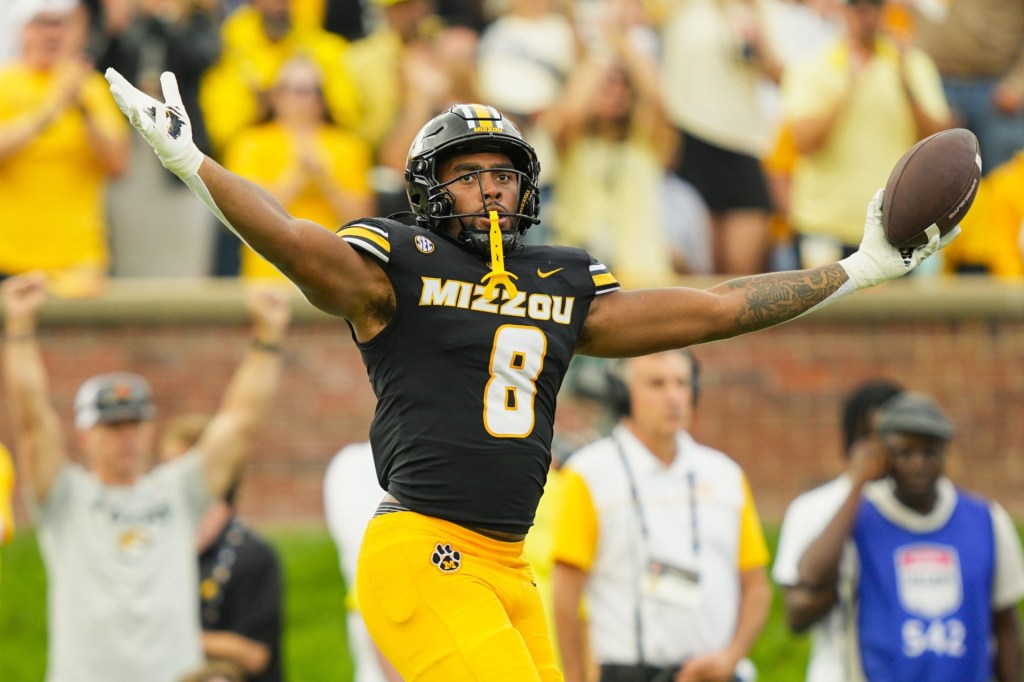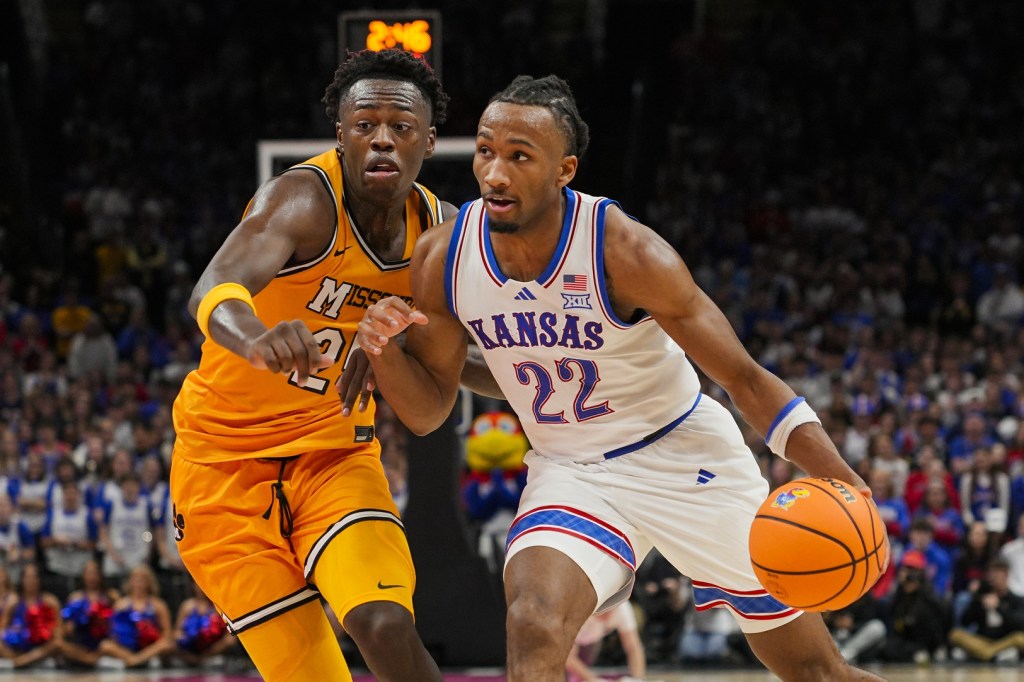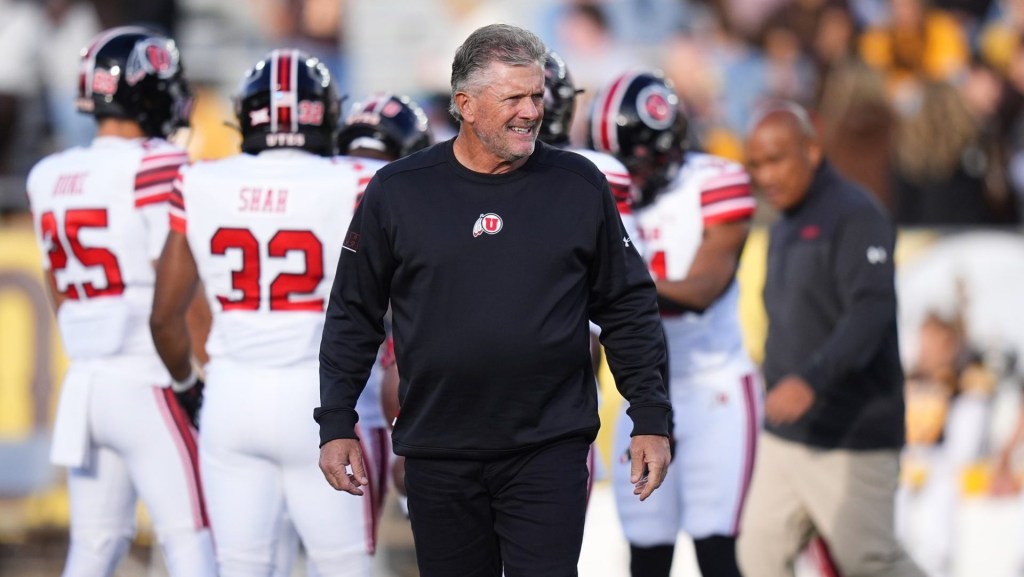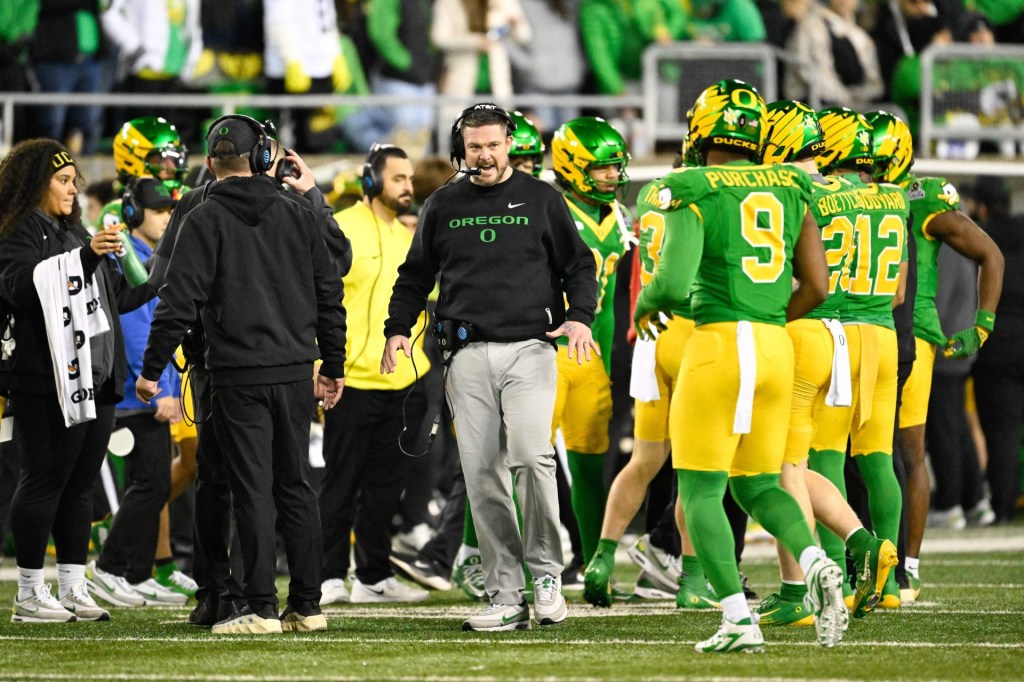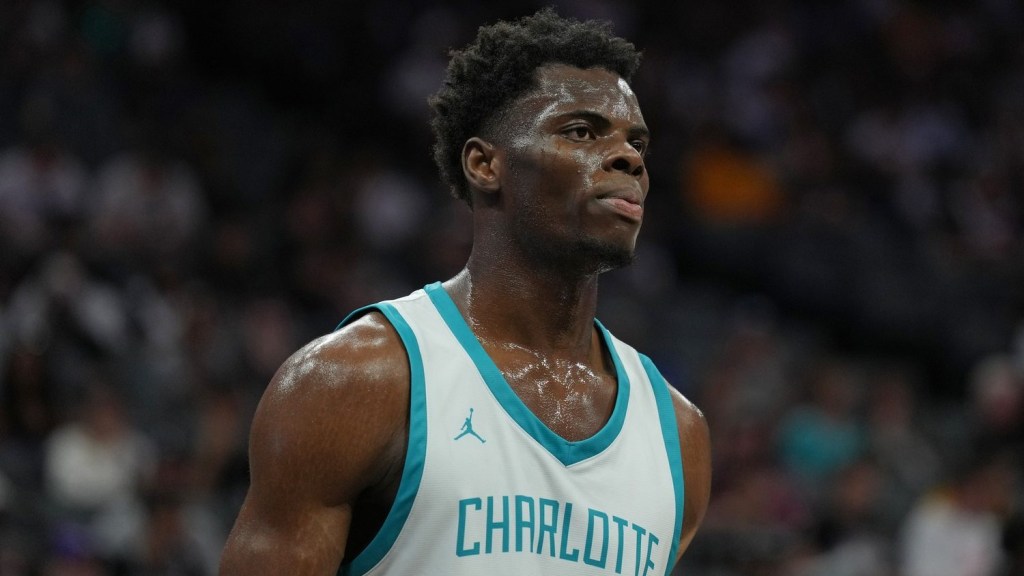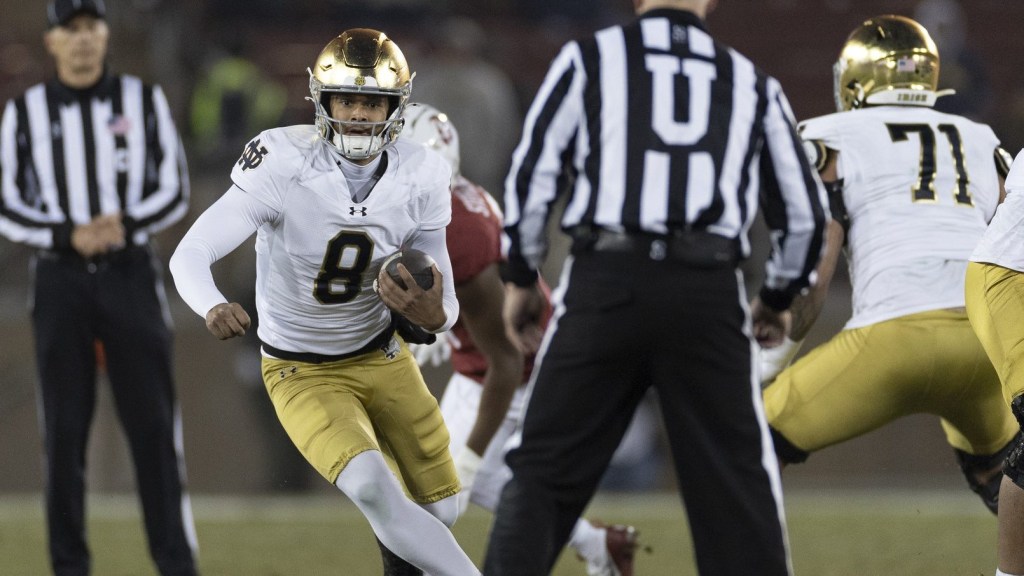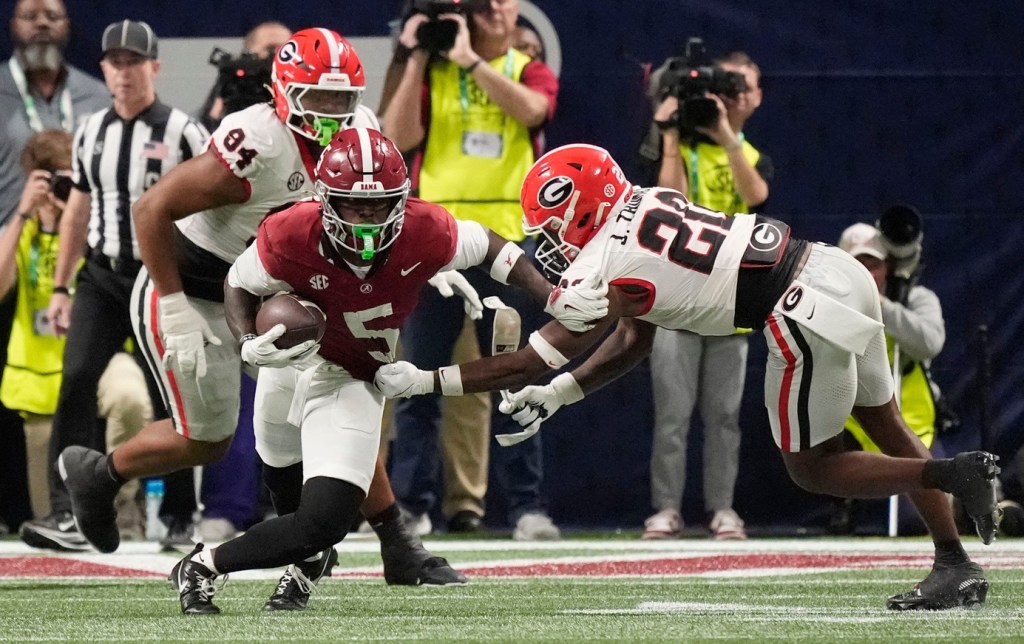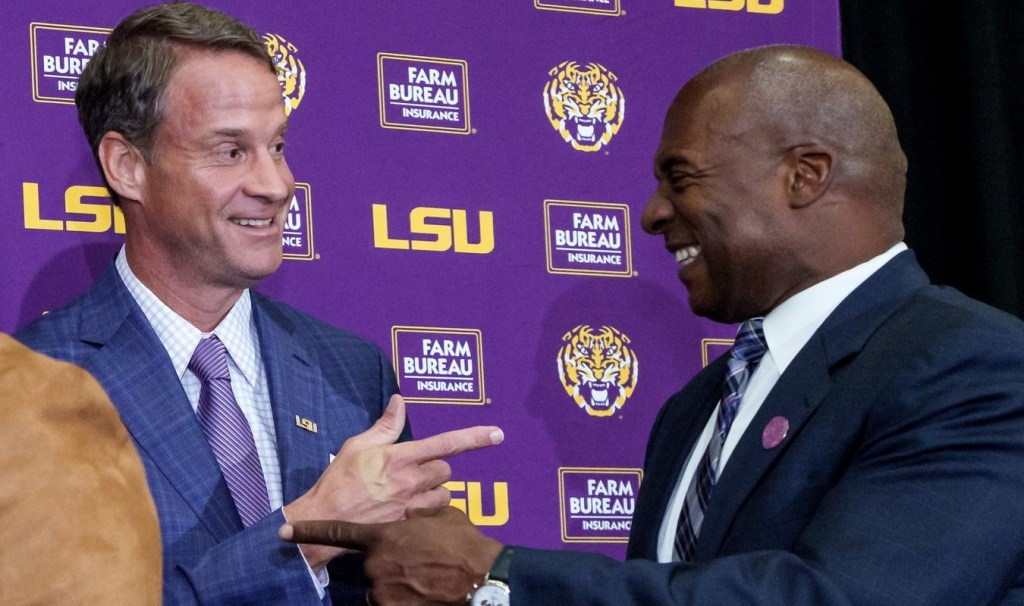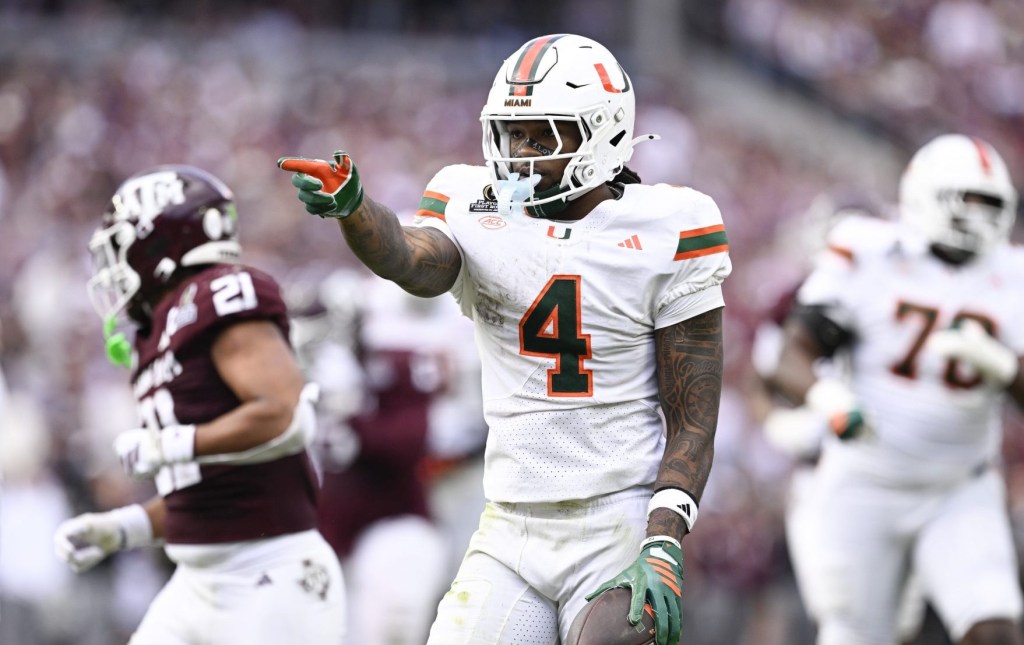The first year of the NIL era was governed by several disjointed forces: State laws, school policies, and loose NCAA guidance. Despite the NCAA’s best lobbying efforts, a federal law was absent. So was an enforcement mechanism for any of these rules.
Athletes got paid, and college sports didn’t collapse.
But a year has gone by, and there’s still no more clarity, enforcement, or uniformity than there was last July. And pending litigation threatens not to just rewrite NIL rules, but kill amateurism altogether.
As a result, everyone from state legislators to NCAA officials are still advocating for alterations.
At the Federal Level
College sports officials from NCAA President Mark Emmert to SEC Commissioner Greg Sankey have taken trips to Washington to beg Congress for a uniform NIL law.
Thanks to the Alston case, the NCAA risks exposing itself to lawsuits without one. But it also wants an antitrust exemption, so that it can protect amateurism on its own, Kennyhertz Perry attorney Mit Winter told Front Office Sports.
In the next year, the NCAA probably won’t get what it wants. Anyone who has access to the news knows Congress has other priorities.
It’s also unclear whether a federal standard is necessary for the athletes themselves. It doesn’t matter to them whether there’s a federal law, as long as they’re free to profit.
In the NCAA
On June 30, 2021, the NCAA passed a short list of NIL guidelines. It did little more than try to prohibit pay-for-play and recruiting inducements.
When NIL collectives burst onto the scene, the NCAA published more guidelines. In May, it said boosters and collectives couldn’t talk to recruits or offer deals before an athlete committed. It also said it would investigate and punish violators of the policy — though it wouldn’t take away athletes’ eligibility.
The SEC reportedly has explored setting conference-specific NIL guidance — but that may or may not pass the antitrust sniff test.
The Division I Transformation Committee will also consider division-specific rules as part of the NCAA’s new constitution process.
West Coast Conference Commissioner Gloria Nevarez, who sits on the committee, told FOS her major focus is “drawing the line” on pay-for-play. She also noted that the guidelines have to be “lived within, and not challenged every step of the way” from a legal or legislative perspective.
In the next year, legal experts believe the NCAA will punish at least one collective or school, but the scope of enforcement remains unclear.
At the State Level
The NCAA is trying to bar NIL from the recruitment process — while many state legislators are repealing or amending state laws to reduce restrictions.
Before the NCAA changed its rules, it behooved states to pass laws to ensure local athletes had NIL rights. But many of those laws had unnecessary prohibitions — like deals with alcohol companies — or barred school officials from helping athletes procure deals directly.
Legislators want to give schools as much latitude as possible to compete in recruiting. Alabama was the first — it killed its NIL law altogether. States from Connecticut to Illinois passed alterations removing certain provisions. South Carolina suspended its law for the 2022-23 fiscal year.
Even in states where NIL laws are strict, there doesn’t seem to be an enforcement mechanism. But it’s better to be safe than sorry.
“The cons far outweigh the pros when it comes to state NIL laws,” Geragos and Geragos attorney Dan Lust told FOS. “If there is no rule, how are you violating anything?”
Year 2 In Court
In the next year, litigation could change everything.
- In Johnson v. NCAA, athletes could be awarded collective bargaining rights — which would likely end the NCAA’s business model of amateurism altogether.
- It’s also likely a booster or collective could wage a lawsuit against the NCAA if it attempts to bar them from doing deals altogether, experts agree.
- Athletes could file Title IX cases against schools that don’t offer equal education resources.
The House v. NCAA case could take longer, but its decision could be pivotal.
Former athletes could claim damages against the governing body because they played in the pre-NIL era. Plus, NIL could be expanded to include the use of athletes’ NIL during televised games — meaning they could get a piece of media rights revenue.
The most influential forces on the NCAA have been lawsuits, not state or federal laws. That trend will likely continue.
“The problems that we’re seeing now in NIL, they really pale in comparison to the legal obstacles and legal conflicts that are on the horizon,” Lust said. “So it’s certainly going to get worse before it gets better.”
